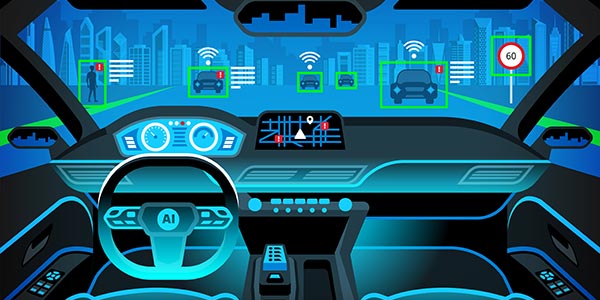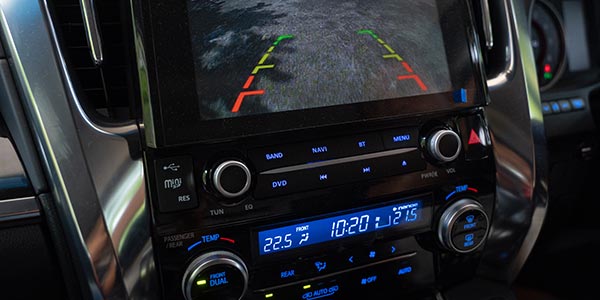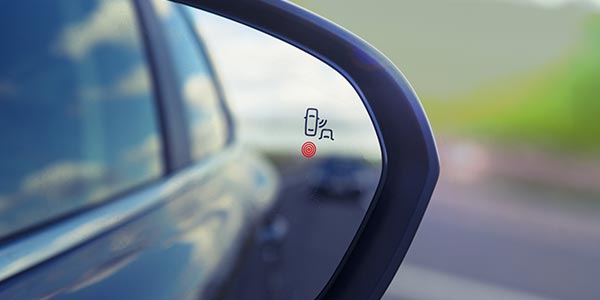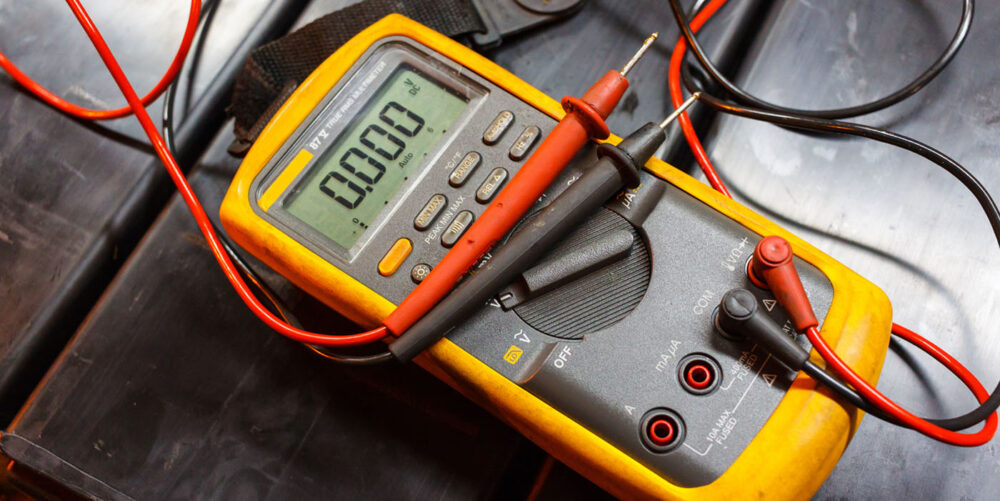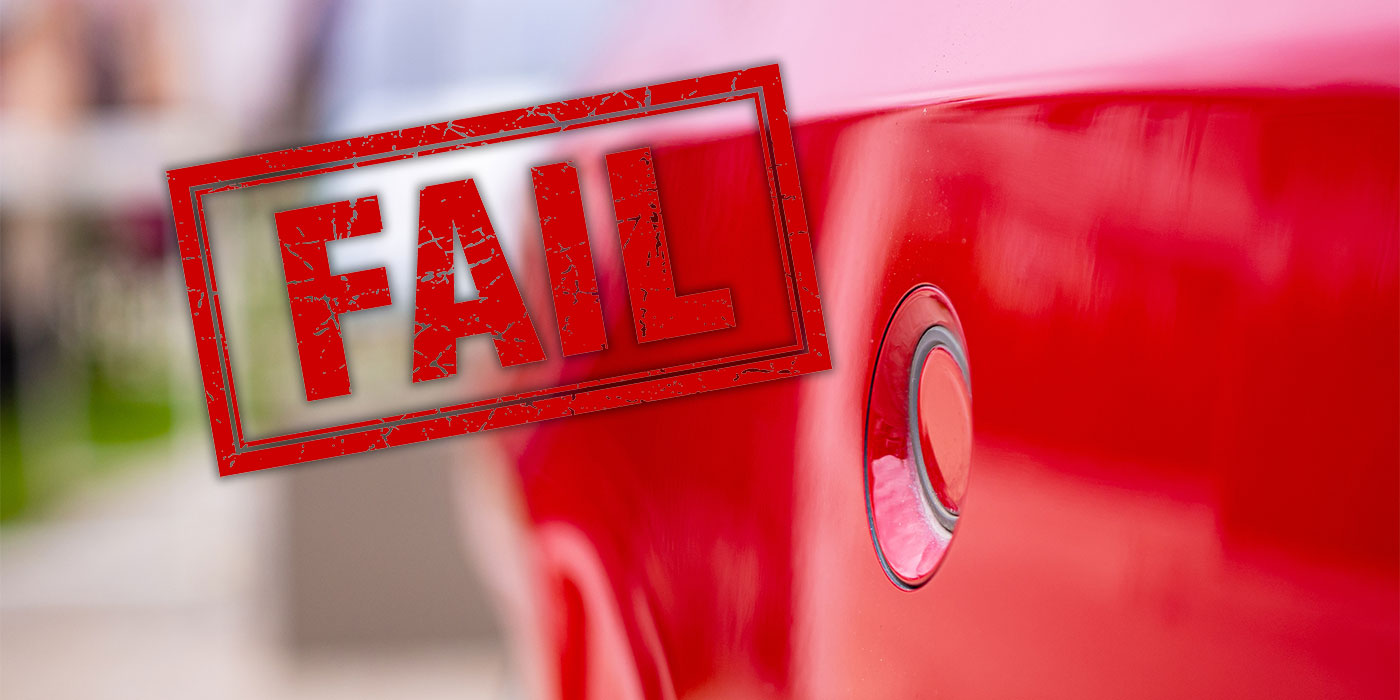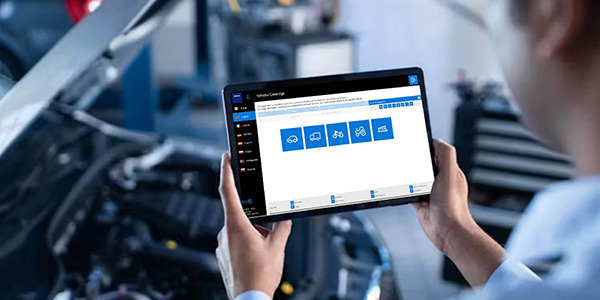I find myself very fortunate. In my job, I get to travel across the country and meet new people from all walks of life. In my visits to repair shops, I get to see all sorts of operations, from independents to large MSOs.
I see many shops that have found a solution for all the procedures related to vehicles’ electrical and electronic safety systems. They spent the time to educate their team on that solution and are using it to their advantage. If you’re in this category, I commend you as it took a great deal of time and energy and possibly a great deal of money to get there. Interestingly, though, even shops that have a solution in place are still missing some procedures.
No one goes out and plans to repair a vehicle incorrectly (I hope).
No matter what size of shop you work for, own or manage, I see a reoccurring theme in vehicles as they leave shops: missing or incomplete vehicle electronics repair processes. In some shops, this rarely occurs, while in others it consistently happens. In many cases, the shops either did not know a procedure was needed or were misinformed on whether calibrations were needed or not. In some cases, the calibrations were disregarded as unnecessary. In a lot of conversations I’ve had, the shop manager was simply unaware the procedures were not being completed.
When I ask the shop or file handler why the calibration was not completed as needed, the response usually falls into one of three categories:
- I did not know
- I did not plan
- I did not need to do it
Changing Procedures
The electronic repair procedures for repairing vehicles are hard to keep up with. Vehicle manufacturers keep changing or adding to them. To be honest, many in the collision industry did not have scan tools or deal with electronics in the very recent past. A great deal sent the vehicles to dealers or mechanical shops for any electronic or electrical issues. Then, all of a sudden, in a very short period of time, every vehicle being made needed some sort of electronic repair or scan. This has forced the industry to adapt – in some cases, very begrudgingly. What scan tool is best? OE or aftermarket? Buy or sublet? How much do I invest? All of these questions have made many repairers very confused and frustrated.
You as a business owner or manager need to have a solution for your electronics needs. This article is not about the best solution for you. There are thousands of articles and opinions to help you with that decision. I will discuss what to do when you have a solution or plan in place. For some, maybe I can change your category from the ones I mentioned above.
Planning for Success
Let’s be up-front and honest, we all want to do the job right and protect the family who has entrusted their ride to us. No one goes out and plans to repair a vehicle incorrectly (I hope). We want to do the job right and be paid.
Some people think you can put a printed target on a ladder and calibrate a blind-spot camera.
The repair industry has always had to fight and justify getting paid to repair a vehicle which, in a business sense, is correct. We as an industry have to look up and validate time to repair, labor rates and parts costs. It requires time and effort to do the research to document what you should be paid. This all should be done in the beginning in the blueprinting, processing, disassembly or whatever description a shop or company wants to use for writing an estimate. You plan the repair and plan the time and parts ordering as well as numerous other items involved. This planning is the key to a shop functioning efficiently. I can add so much more, but I think you get the point that planning is critical and always has been and, in fact, is nothing new.
Category One: I Did Not Know
I can actually understand repairers not knowing that a procedure had to be done. Most VIN decoding systems will not tell you what exact features are in today’s vehicles.
There are several options out there for identifying features that may need initializations or calibrations. There are companies you can send information to and then they will tell you what features are on a vehicle. You may have a scan tool that can read all the modules and identify which feature is on the vehicle you’re writing. Another option is to physically examine the vehicle for cameras or sensors to identify which feature is on the vehicle. This includes looking at the steering wheel or dash for indicators of the electronic features.
Training personnel to identify new safety features has been a struggle for shops. There is a great deal of information out there and lots of people who can teach it, but our transient workforce and the pandemic have made it a challenge to keep all personnel up to date. It takes time and people who we seem to be so short of to learn and identify what is required to complete all repairs on vehicles. This is also compounded by the fact that it takes time to research what procedures need to be done.
There is also a lot of confusion out there. We have folks debating the terms “required” versus “recommended.” We have technicians believing, “If I do not disconnect the part, I don’t have to calibrate the sensors.” We also have people thinking you can put a printed target on a ladder and calibrate a blind-spot camera. You see this stuff on the “University of the Internet” all the time. Add to this the technicians who, instead of placing the target on a level surface and measuring correctly where to place the target, move the target until the system calibrates. People who enjoy their motor bikes should shudder at that one.
The fix for category one: train your people and confirm that they’ve looked up and validated the procedures required/recommended and put the documentation on the estimate.
A simple way to understand if a calibration is to be done is to remember: connectivity, angle, attitude.
Connectivity. If a technician disconnects or breaks the connectivity of a sensor to a module in any way, a calibration may be required. We must take into consideration that the connections may not be complete due to human error or damage.
Angle. If the angle of the sensor has even the remotest possibility of changing through the replacement of parts, structural movement or human error in mounting parts such as R&I of a bumper cover or sideview mirror (including a repair process such as plastic repair or refinish that may add material), calibration may be required. A key point to remember is that 1 degree or even a millimeter on a bracket is a huge difference 300 meters down the road.
Attitude. Any procedure that changes the vehicle’s attitude to the roadway. This includes alignments, suspension repairs, lift kits, tires and wheels or anything else that can change the vehicle’s attitude to the roadway.
As to the recommended versus required debate, think about the 12 people who could not get out of jury duty looking at a person or child who has been hurt because a system failed to warn or act in a situation. You tell me if the semantics of those two terms will make a difference. It is recommended that you complete the repairs correctly; it is required that you complete the repairs correctly. Only your lawyer can give you legal advice. I can only help you think it through.
Category Two: I Did Not Plan
This one relates to category one very closely, with one difference: somebody forgot to add a calibration or initialization to the workflow process.
The battle to maintain cycle time and promised delivery dates has added a level of stress to the entire workforce. KPIs and CSI reports force a rush to deliver at all costs. By the time the mistake or missed process is realized, the vehicle is in the wash bay and we’re now doing wash bay diagnostics on why something is not working or calibrations are not complete. Planning and communication is a big factor in this category. As a manager, are you asking when the calibrations are scheduled? Asking and forming the habit of communicating any procedure that is relatively new to your shop’s workflow or process builds good habits and ensures being able to meet delivery dates.
Category Three: I Did Not Need To
I’ve heard this response more times than I want to admit. If the procedure calls for the repair to be completed with a validation process such as a calibration, do it. It really is that simple. When I hear the response or theory on why the shop or person handling the file disregards the instructions, I just politely say that something needs my urgent attention or pretend my phone is buzzing with an important phone call and make my exit strategy to move on. I cannot change the minds or ways of people who do not want to follow or adapt to vehicles as they change – it will be a lesson in futility and aggravation. Been there, done that too many times. I have come to the realization that I am too old to deal with that attitude.
Summary
This industry is missing a great deal of procedures that should be completed. You see the data all around us. The reality is that we need to educate and plan for all the new repair processes. I use the phrase “electronic blueprinting” as the electronics and the repair of these electronics is almost a separate and whole new sub-industry to automobile repair.
By employing a strategy of education and planning the repairs, you can increase revenue and reduce your chance of missing something critical to the safety of the family that trusted the name on your building.
You have to know what you need to do to repair that vehicle. The nine-year-old daughter in the backseat of that vehicle depends on you. “I didn’t know” will not be an excuse she will understand when it all hits the fan after something goes wrong.

